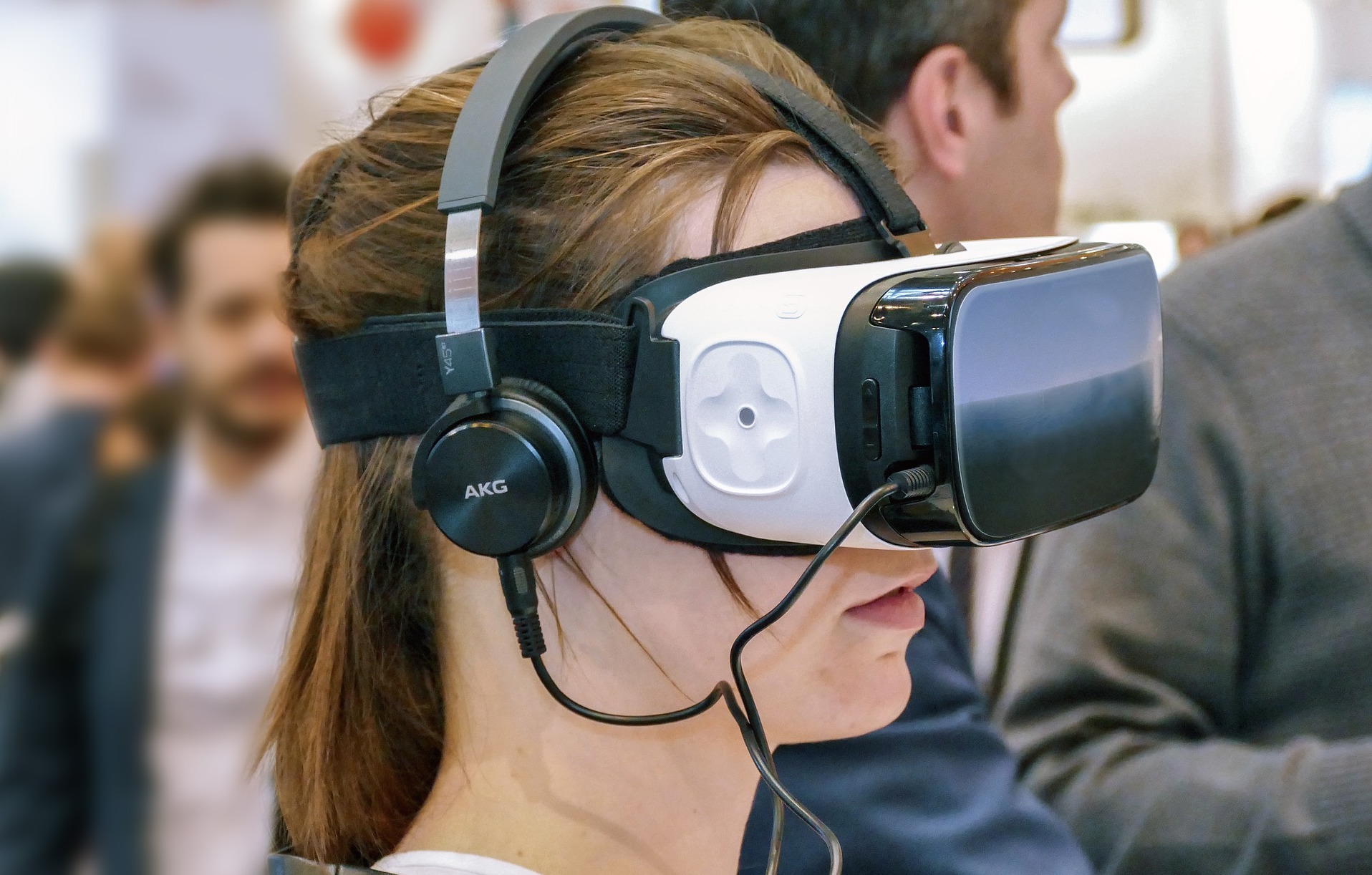Any type of surgery is likely to cause anxiety and fear in patients of all ages. However, surgery can be a completely terrifying and stressful experience for children. This can pose a problem for medical professionals, especially when administering anesthesia to these young patients. Doctors, nurses, and other medical professionals have used different techniques over the years, hoping to calm patients down before procedures and treatments. While stickers and toys have been very helpful, medical professionals are now finding that new technologies are very effective. The latest finds that virtual reality calms young surgical patients more effectively than other methods.
Thanks to a group of pediatric specialists at Lucile Packard Children’s Hospital Stanford, virtual reality calms young surgical patients. A technique that has been helpful for older children, is giving them a virtual tour of the hospital and operating room beforehand so they know exactly what to expect on the day of their surgery. Zack Dwyer, a 17 year old preparing for surgery to correct supraventricular tachycardia, strapped on virtual reality goggles on Tuesdays and Thursdays after school, taking a virtual trip through the hospital starting at the entrance and ending in the recovery room. He had an opportunity to see exactly what he was going to see on the day of his surgery, even what it would look like as he was lying in the operating room speaking to a surgeon. After undergoing his procedure, Dwyer said “It definitely would have been super overwhelming if I didn’t know that was coming”.
While this technique works great for teenagers, younger children can be a bit more difficult. Administering anesthesia to frightened children can be a challenge as their fear leads them to squirm and pull off their anesthesia masks. For these kids, virtual reality video games are used to distract them and trick them into breathing the anesthetic. One game, Sevo the Dragon, takes breathing anesthetic through a mask and turns it into an enjoyable game. Children pick a dragon avatar and the type of food they want to “cook” using the dragons fiery breath. The patient continues to play the game until they fall asleep.
While these techniques are still in their early stages, they are already seeing how virtual reality clms young surgical patients, reducing their fear and anxiety on the day of their surgery. This technology is primarily being used on children at the moment, but it may be a helpful distraction for older patients as well. A reduction of stress and anxiety in patients undergoing anesthesia is helpful to the person as well as the medical professionals assisting with the procedure.

